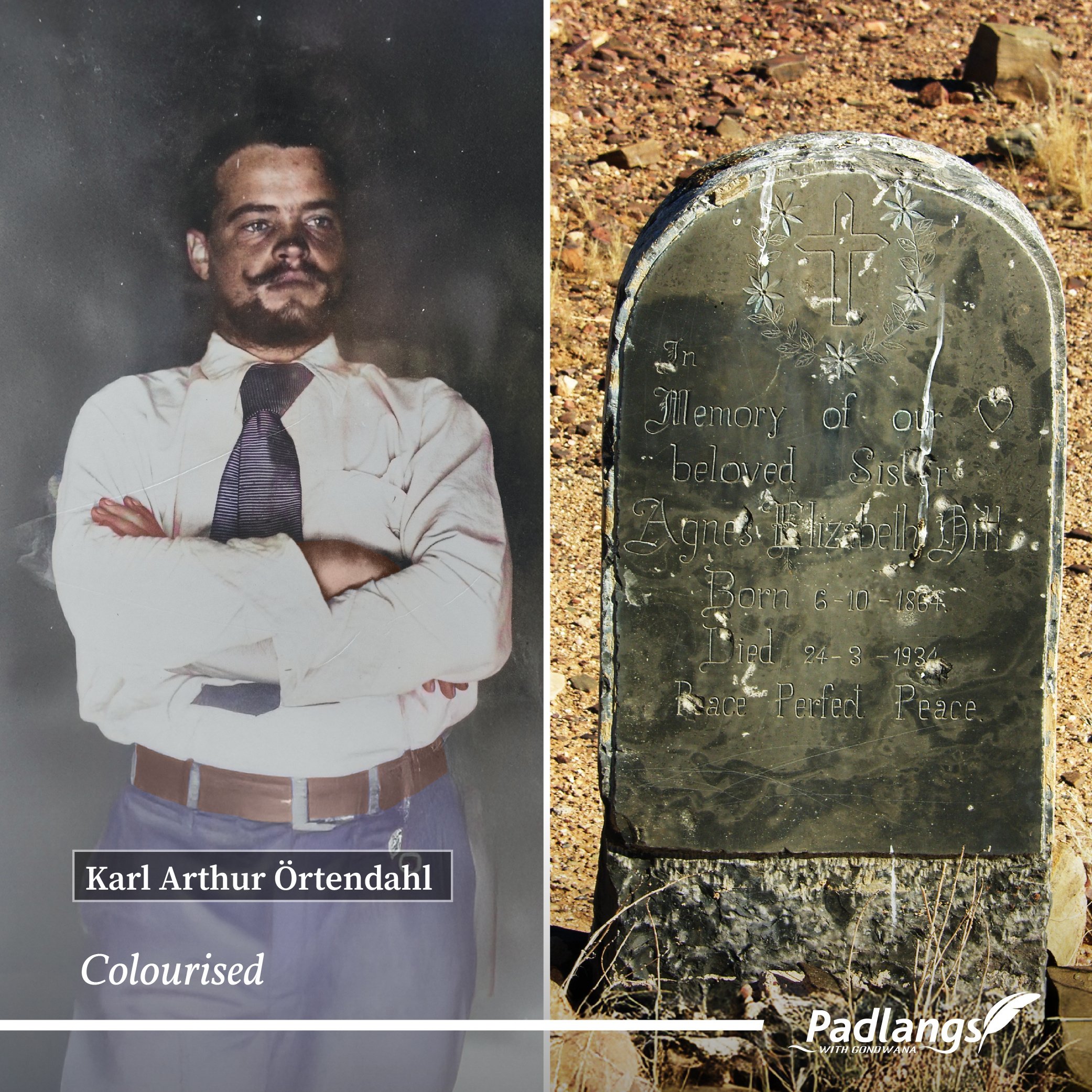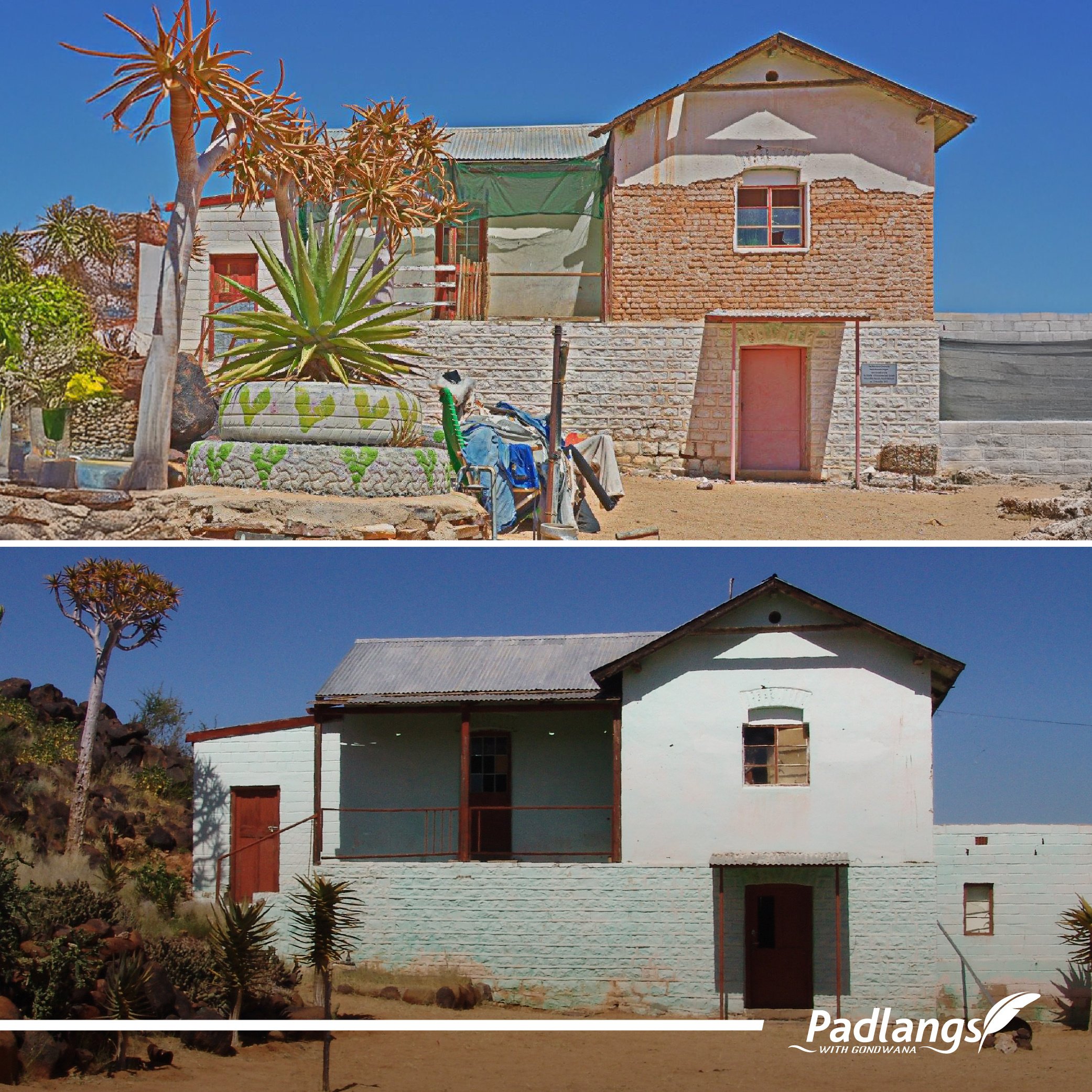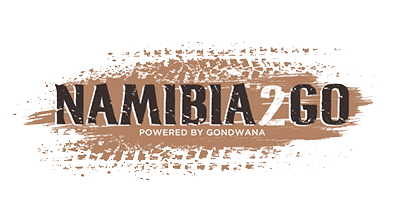Set in southern Namibia, Great Namaqualand, ‘Bittersweet Karas Home’ is the story of three families, the Hills, Walsers & Hartungs, whose lives merge and intertwine in a semi-arid land that presents both hardship and blessings. Over the next few months, we would like to share this bittersweet saga with you from the (as yet) unpublished book.
CHAPTER ONE (cont . . .)
The last years at Klein Karas
Karl Arthur Örtendahl and his son, Ivan Hubertus Axel, returned to South West Africa in the early 1920s. Karl Arthur had spent the war years in Vryburg, Mafikeng, Pretoria, Durban and Nairobi as staff sergeant major of a military labour corps. Ivan, who had lost his mother (Elizabeth Hill) in 1914, was educated in a number of South African boarding schools and spent three years in England during World War I. Ivan owned Wolfsschlucht, a portion of the Groendoorn complex originally bought by Charles Henry Hill and Robert Duncan. It was his mother’s farm, which he inherited after the death of his grandmother Susanna Rosina in 1920. The Örtendahls established a shop in Klein Karas, probably with money they had received from the sale of Kinderdam, and played a large role in the community.

Ivan and his father welcomed the botanist, Ivan Anders (1870–1935), Karl Arthur’s brother, from Sweden in 1931 and in 1935. Ivan Anders engaged in botanical research in the Karas Mountains and the Kalahari during his two visits and discovered a plant that he called Plectranthus oertendahlii. It would become popular in Scandinavia under the names of Elizabeth flower or Ortendahlia. He transported a multitude of plant specimens to Swedish museums and botanical gardens.
The hardships and vicissitudes of life in Great Namaqualand with its droughts and political turmoil slowly took their toll and the Hills’ era in the Groendoorn complex came to an end. After the Depression years following World War I, the family slowly sold or liquidated its remaining assets and moved on to other areas. The land held the memories of the Hill generations, their migrations, marriages, births and deaths, and then released them with the last breath of Agnes Elizabeth, the last Hill to die on the family farm in 1934. When Karl Arthur Örtendahl died in October 1947, his son, Ivan Hubertus Axel, and his daughter-in-law moved to Rondebosch in the Cape where they became garage proprietors. There were new people who would arrive to create their own memories, and new destinies would be shaped on the Namaqualand soil. The cycle would repeat itself and they too would experience the hardships and droughts of the 1980s and 1990s, watching the thirsty land and a cloudless sky. Forced to sell, many farmers moved on, opening the way for others who arrived filled with inspiration for their new beginnings. At the end of the Hill era, however, there was only the hope for ‘Peace Perfect Peace’, the inscription that was carved onto Agnes Hill’s black dolomite headstone at Holoog, overlooking the dry, rocky land.


(Join us every Sunday to take a step back in time and follow the interesting, sometimes sweet, sometimes heart-wrenching tale.)


.png)
.jpg)
.jpg)




.png)

SUBMIT YOUR COMMENT